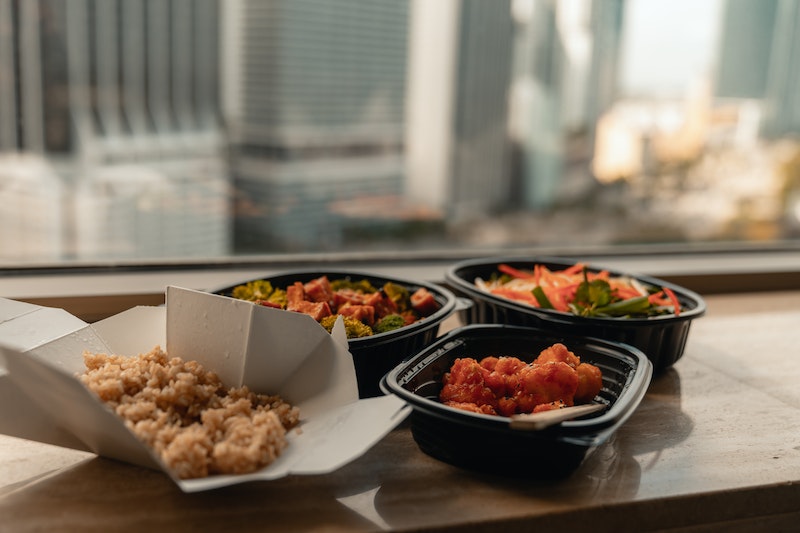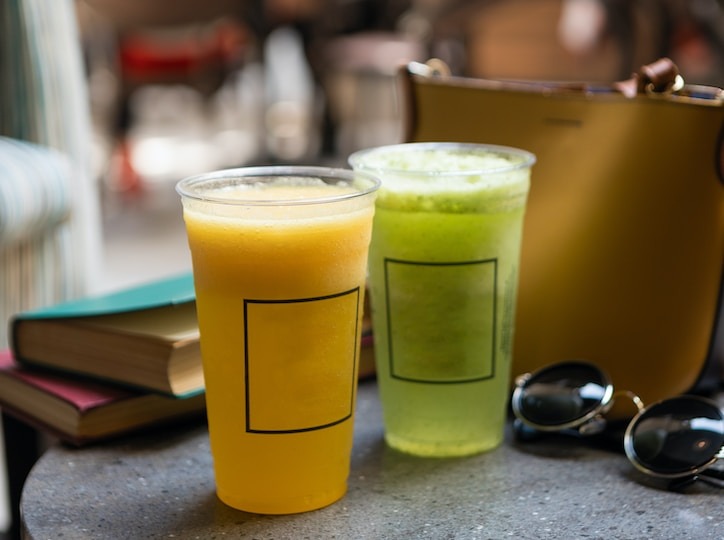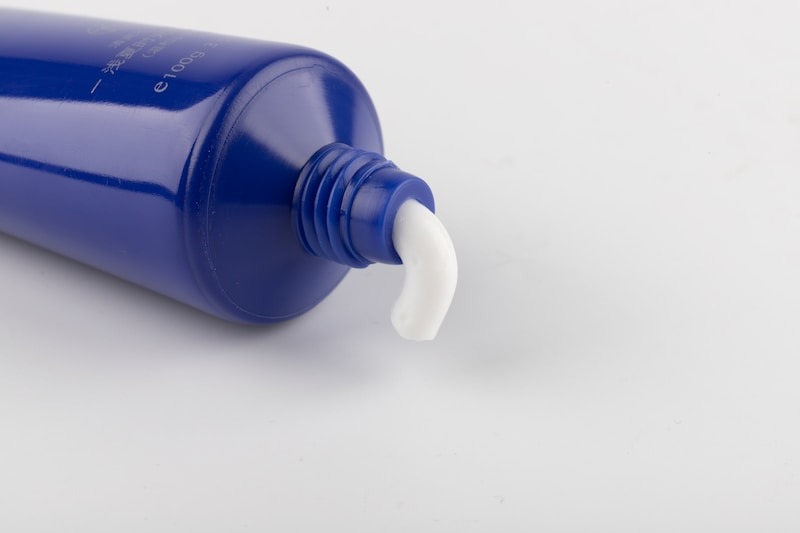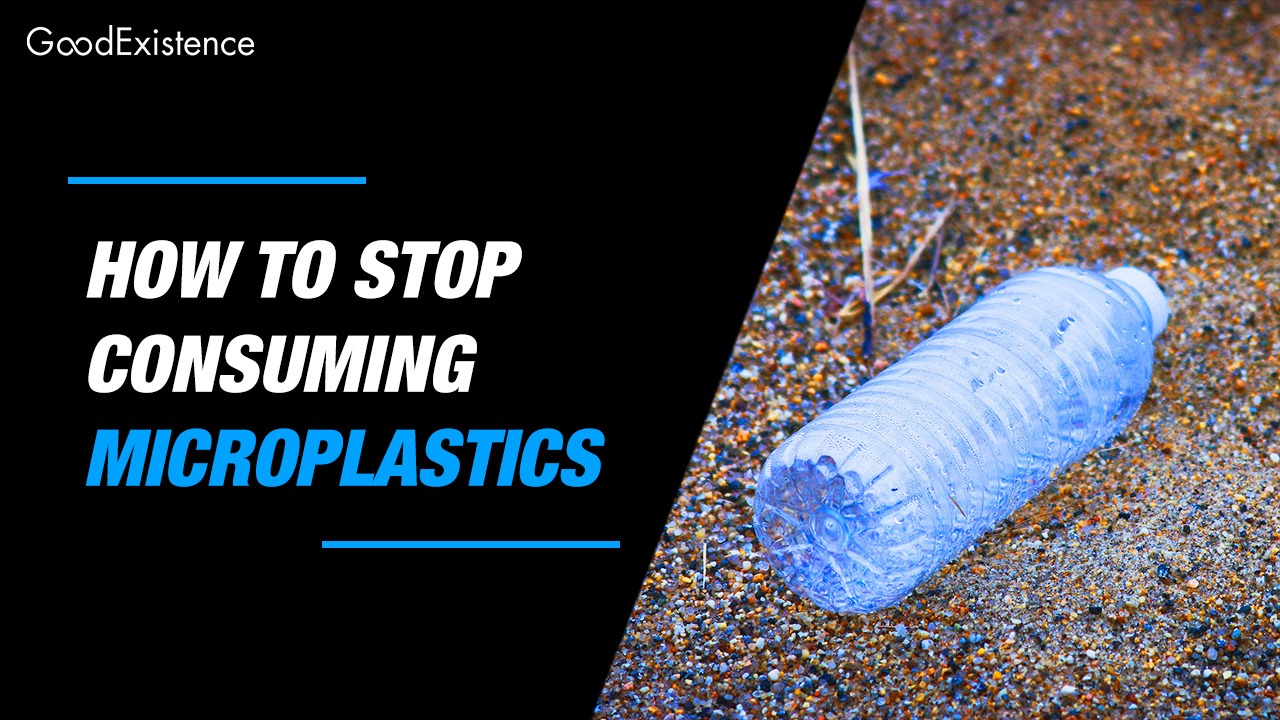Microplastics are tiny pieces of plastic that are less than five millimeters in size. They can be found in countless places, including oceans, rivers, rain, and even the air we breathe. They are also common in food, drinks, clothes, and other items.
They are not biodegradable, so they continue to circulate indefinitely until they break down naturally. In this article, you’ll find how to stop consuming microplastics and items that might contain them.
Plastic pollution can be found all around us – from takeout containers and produce wrapping to ocean debris and soil contamination.
Consumption of degraded plastic particles has serious repercussions for human health, from disrupted hormone levels to brain and immune issues.
Stop Consuming Microplastics in Food

Plastics have become an indispensable component of modern life, yet they do not biodegrade easily. When not recycled properly, they break down into microplastics which then make their way into our bodies via various means – water supplies and food chains being two common entryways.
Microplastics may even end up inside us directly causing various physical and chemical side effects.
Plastic debris and microbeads from toothpaste and facial scrubs have permeated every aspect of our natural environment, from oceans and soils to human organs and animal guts – even Antarctica!
As these particles break down into toxic polychlorinated biphenyls and pesticides that seep into water sources and accumulate organic matter where they accumulate, creating serious physical and metabolic health concerns such as hormone disruption and developmental issues for those exposed.
To reduce microplastic consumption, try eating more fresh and unprocessed food and avoid canned goods with plastic linings. When possible, choose glass or metal bottles over plastic ones when drinking water and storing food.
Use reusable grocery bags; use metal or ceramic cooking utensils when possible when cooking at home, instead of plastic ones.
When performing your usual morning routine you should avoid products containing microbeads (such as toothpaste and face scrubs ) try and choose brands that aren’t using synthetic fibers in their products (if you can).
Clothing should ideally be made of natural, non-synthetic fabrics that don’t shed microplastics when washed; plant-derived synthetic fabrics may also be good options.
When drying them after each wash cycle, try line drying them rather than relying on your dryer as this will minimize microplastic release during processing.
If you plan on eating seafood, be wary of those known to contain microplastics. Your best options would be clams, mussels, muscles, and oysters; additionally, avoid canned food packed in Styrofoam containers which could release microplastics into your meal.
Related article: How to Stop Eating Clay, Dirt, or Soil
Avoid the Microplastics in Drinks

Microplastics that people consume come from various sources. Starting off as larger plastic objects, they eventually break apart and fragment into particles less than 5 millimeters wide (approximately the size of sesame seeds) that either float on top of water bodies or settle to their bottoms during ocean currents or river floods.
Wind currents carry these microplastics even further downstream.
Ingestion of microplastics can have detrimental health implications. They may contain hormone-disrupting chemicals that disrupt hormone levels in humans.
Furthermore, microplastics can interfere with the absorption of essential nutrients and cause cell damage; their long-term impact is still being researched; more research needs to be conducted.
Researchers estimate that the average person consumes up to 52,000 plastic fragments every year, mostly through drinking water and seafood consumption; other food may account for any remaining fragments.
It’s likely that these estimates are underestimated since smaller microplastic particles can be difficult to measure accurately.
Tap water is generally more eco-friendly than bottled water when it comes to avoiding microplastic consumption, since heat and longer storage times may lead to microplastic migration from packaging into liquid inside bottles.
Therefore, investing in an eco-friendly bottle may help protect from this risk.
Switching to glass or stainless steel bottles can reduce exposure to microplastics. You could also reduce exposure using water filters or by drinking less bottled water – according to this same research study, individuals who consume only bottled water ingested around 90,000 plastic particles annually versus just 4,000 with tap water-only consumption.
Synthetic tea bags are another major source of microplastic pollution, discharging billions of tiny particles into every cup of tea they hold.
This is due to polypropylene materials found within tea bags which release microplastics when exposed to hot water – to avoid this you should either make your own with stainless steel or glass kettles or switch to biodegradable bags instead.
Watch out for Microplastics in Clothes

Clothing pollution from synthetic fabrics like polyester is one of the largest contributors of microplastic pollution. When washed, synthetic fabrics like polyester release thousands of tiny plastic fibers which contribute significantly to marine and shoreline pollution as well as leaching toxins such as Polychlorinated Biphenyls (PCBs) and Phthalates which are known endocrine disruptors which directly impact hormone function.
As there are various strategies available to reduce your exposure and avoid ingesting microplastics through clothing, one of the key strategies for doing this is switching to natural fibers such as cotton, silk, wool, and hemp textiles – look out for brands that specialize in eco-friendly swimwear, wetsuits, and activewear made of these natural textiles – and avoid synthetic fabrics not produced organically whenever possible; consider purchasing secondhand clothes when possible as well.
Your clothes can help reduce exposure to microplastics through washing too – just use shorter cycles at lower temperatures when washing dark colors, and consider washing all items together whenever possible; this reduces microfiber release as hard fabric rubs against soft ones and breaks apart into microfibers.
Finally, it is advisable to buy clothes from brands that do not use microplastic beads in their products – including toothpaste, facial scrubs, and sunscreen products as well as body wash and makeup. You can find such products either at your local supermarket or online store.
Consider investing in a laundry filter such as the Cora Ball that will trap microfibers shed from clothing and collect them before they end up polluting the environment. This simple yet cost-effective measure can reduce exposure to plastic microbeads.
Simply following these simple steps can significantly lower your consumption of microplastics. Not only will this have an enormous positive effect on the environment, but it will also protect hormones and overall health.
If you feel dissatisfied with government efforts to combat plastic waste, consider starting your own grassroots movement to increase awareness about this growing issue.
Avoid Microplastics in Other Items

One study reports that people consume an estimated five grams of microplastics weekly, which amounts to roughly the weight of one credit card’s worth of small fragments that enter their bloodstream and end up in their lungs.
Although scientists are still learning of any effects this has on human health, ingestion of even minute particles of plastic on an ongoing basis could surely have negative outcomes.
Avoiding microplastics by decreasing your plastic usage is the simplest and most straightforward solution to avoid eating them. This includes forgoing products containing microbeads like toothpaste or facial scrub, which have been designed to bypass water treatment systems and enter ocean waters. Instead, choose plastic-free or zero-waste versions of these items instead.
Avoid plastic-wrapped foods and switch to buying food made of glass or ceramic when possible, while opting for glass or ceramic when purchasing items, as well as eliminating disposable plastic bags, straws, and coffee-cup lids.
It is easy to find reusable alternatives: bring your own bag when going shopping; use a silverware set with multiple uses at home; bring along your travel mug when getting coffee – slowly replacing these items will become second nature over time.
Buy clothing composed of natural materials instead of synthetic ones which shed microfibers during wash cycles and wear, such as synthetic. Furthermore, special microbial filters and laundry balls that attach directly to washers may help limit how many microfibers enter waterways.
If you smoke, consider switching to a tobacco company that uses biodegradable filters instead of those containing microplastics. Studies have linked certain microplastics with metabolic disturbance and neurotoxicity, while some could act as endocrine disruptors by interfering with normal hormone function.
Furthermore, regularly dust and vacuum household surfaces so as to keep microplastic fragments from amassing on surfaces where you might inhale them.
How to stop consuming microplastics: Final words
So there you have it, as you can see there are many reasons why we should stop consuming microplastics, or at least to try and reduce our consumption. From food to clothes and even our air, the effects of these tiny pieces of plastic are serious and can lead to numerous health issues.
One of the most significant sources of microplastic pollution is clothing, especially yoga clothes and athletic wear made from synthetic fabrics like polyester. This is because these types of materials are cheap to produce and can be easily discarded, which can lead to a lot of microplastic pollution in the environment.
While it’s a tough battle especially in the modern world to try and stay away from microplastics, it’s not impossible.
Some changes you can make that are easy to do and have a minimal impact on the environment include choosing natural fibers for your clothing and household items, washing your clothing and other clothes regularly with cold water, vacuuming your floors at least once a week, and reducing the amount of plastic you use.
Stop Consuming Microplastics – FAQ
Microplastics have the potential to harm human health, although the full extent of their impact is still being researched. Studies suggest that microplastics may lead to adverse effects on the immune system, respiratory system, and digestive system.
They can also accumulate in organs and tissues. While the exact risks are not fully understood, it is advisable to minimize exposure to microplastics as a precautionary measure.
Microplastics are pervasive in our environment and can enter our bodies through various sources. They are found in water (both tap and bottled), seafood, air, and even in certain foods like salt and honey.
Since they are invisible to the naked eye, it is challenging to determine if you are specifically consuming microplastics. However, adopting preventive measures can help reduce their intake.
To stop consuming microplastics from drinking water, consider using a water filter or purifier that is specifically designed to remove particles as small as microplastics.
Look for filters certified by independent organizations such as NSF International or the Water Quality Association (WQA) that verify their effectiveness in removing microplastics.
While microplastics can be found in various food products, some studies have found higher levels in certain items. Foods like seafood, salt (including sea salt and table salt), honey, and bottled water have been shown to contain microplastics.
Reducing consumption of these items or opting for alternatives can help minimize exposure.
Microplastics can be present in the air due to environmental pollution, particularly in urban areas or near industrial sites.
To reduce exposure, you can: Avoid areas with high levels of air pollution whenever possible and use air purifiers with high-efficiency particulate air (HEPA) filters, which can capture microplastics and other fine particles.
Additionally, keep indoor spaces well-ventilated to improve air circulation and minimize the buildup of microplastics.
While individual actions are important, collective efforts can make a greater impact.
You can advocate for stronger regulations and policies to limit plastic production and improve waste management.
Participate in beach or river clean-ups to prevent plastic waste from reaching water bodies.
Support organizations working on innovative solutions to plastic pollution, such as those focusing on recycling, biodegradable materials, or alternative packaging.
You can find more information about microplastics and their impact through reliable sources such as scientific research papers, government agency reports, and reputable environmental organizations.
Some organizations that provide information on microplastics include the National Oceanic and Atmospheric Administration (NOAA), Environmental Protection Agency (EPA), and non-profit groups like Plastic Pollution Coalition and Ocean Conservancy.
Shoutout to Brian Yuri from Unsplash for the featured image (plastic bottle)
The information provided in this article is for informational purposes only and should not be taken as medical advice. Consult with a healthcare professional for personalized guidance and to discuss the risks and benefits of any treatment.
